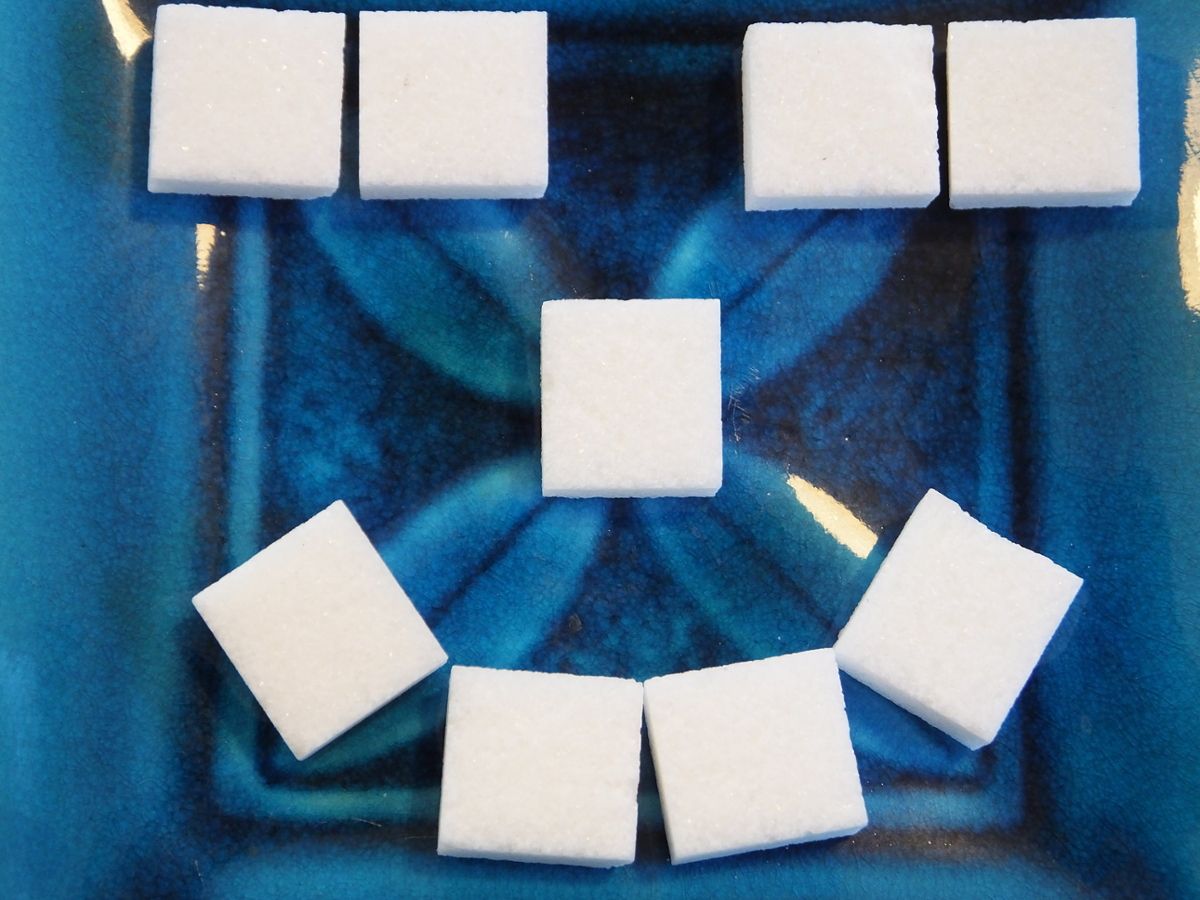Traditionally, scientists have considered there to be four basic tastes: sweet, sour, salty and bitter. However, scientists are on the hunt for additional tastes that might help us better understand how we experience our food.
Basic taste begins with taste receptors in our mouth that behave uniquely around certain stimuli. If you eat a spoon full of sugar, a sweet receptor will activate. After firing, these receptors create a discernible pathway to the brain which results in a strong perception; the brain immediately recognizes that spoonful of sugar as sweet. Finally, different tastes trigger distinct downstream effects in the body, such as the release of enzymes that help the body regulate itself.
Advancements in molecular biology have begun to expand our understanding of taste to include a potential myriad of what are called Alimentary tastes, a new category of taste that can recognize a wider variety of nutrients. Potential candidates for Alimentary tastes include fat, carbohydrate, and kokumi. We know, for instance that we have taste receptors for fatty acids contained in oils and butter, but scientists are still working on figuring out their specific pathways to the brain. Additionally, we can perceive that fatty acids are different than a neutral substance like water, but we struggle to be able to describe the taste with the same ease as the basic tastes.
Some studies have shown that one of fat’s downstream effects on our body is a signal to our brain that we should eat less. Understanding Alimentary tastes’ relationships to food consumption could impact our approach to developing sustainable and healthy foods that target taste more holistically than it has been previously.










